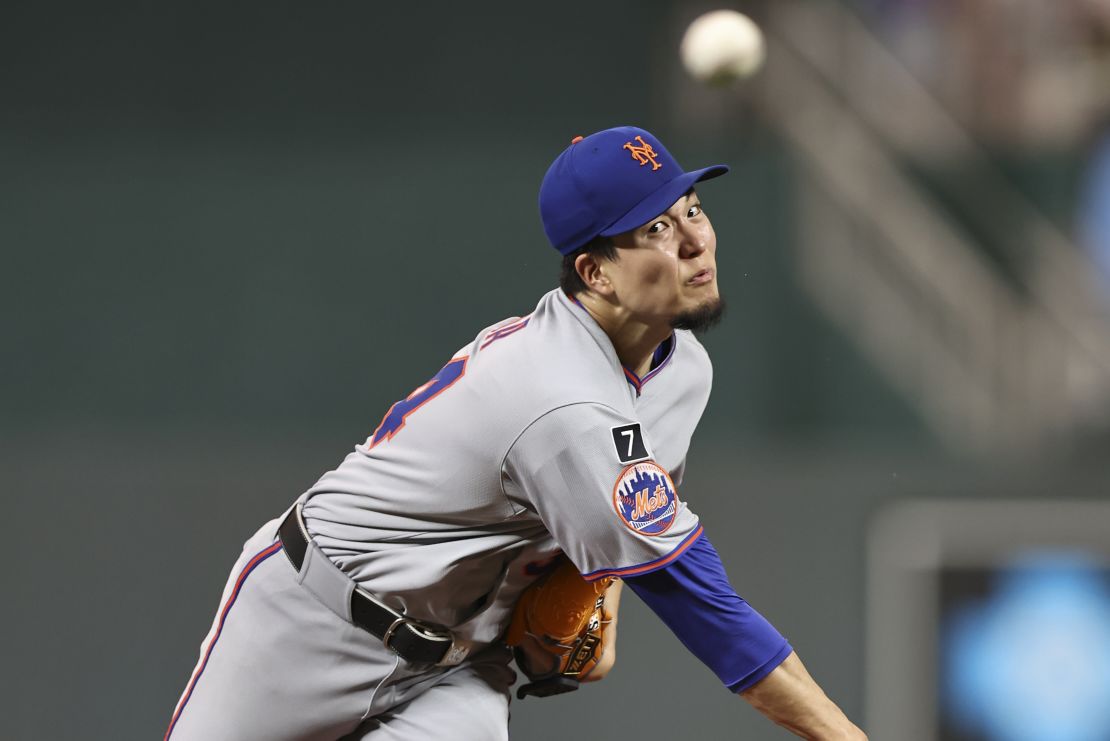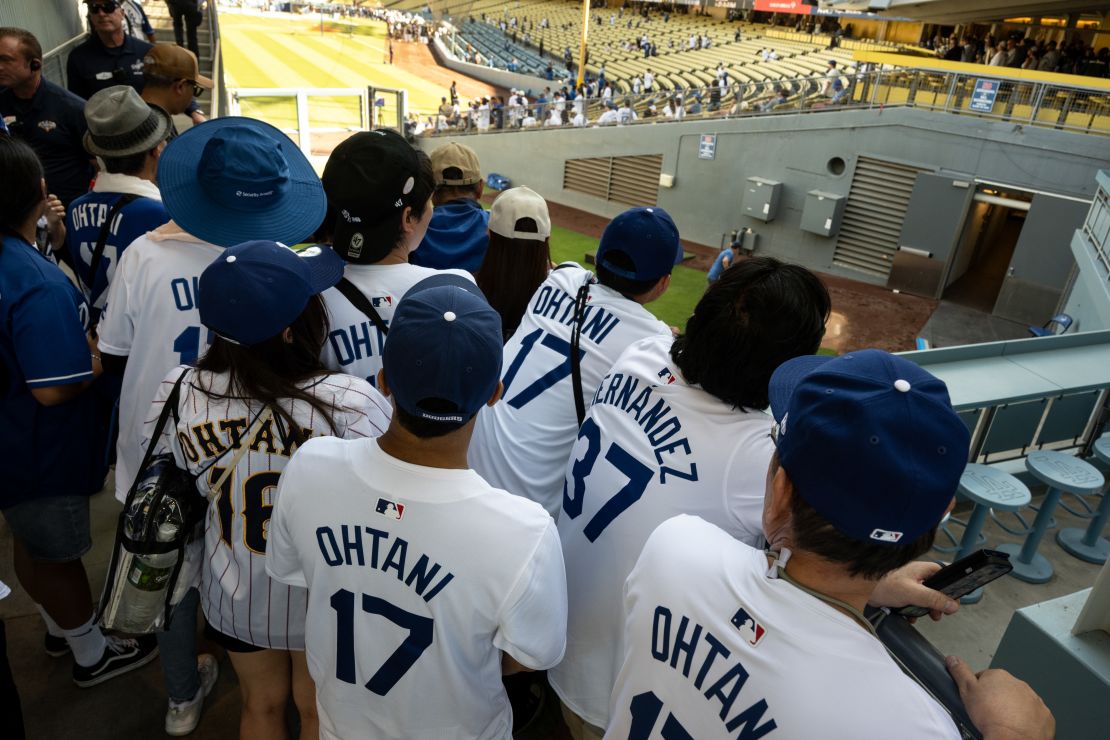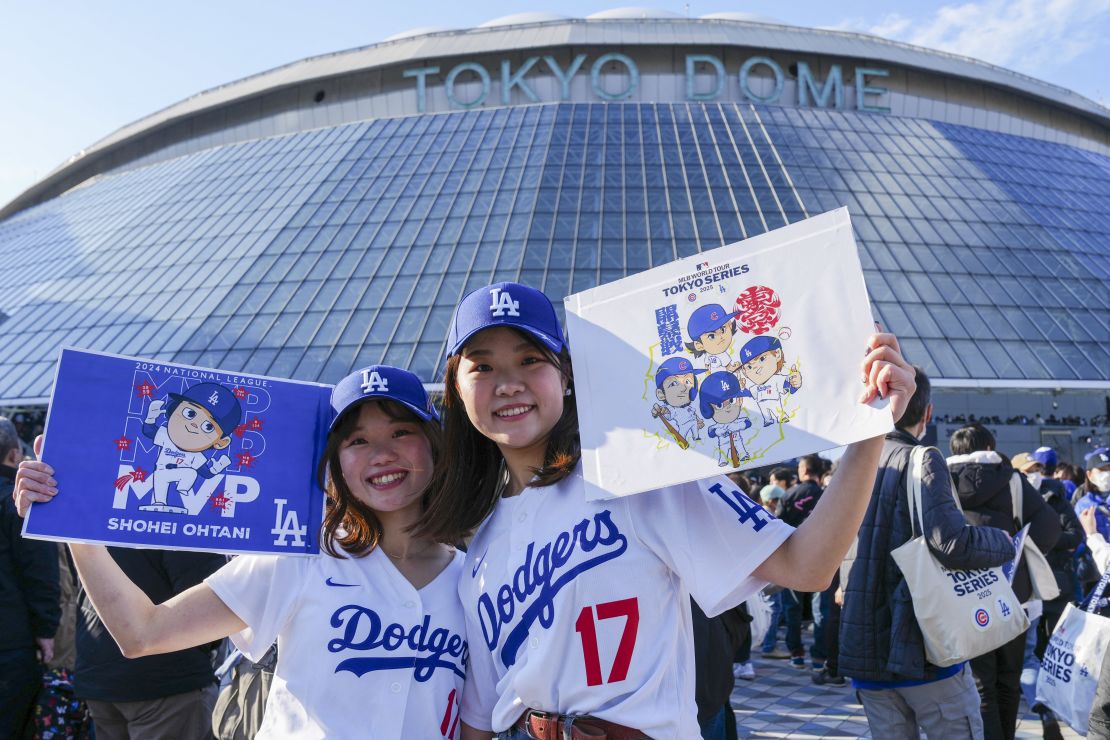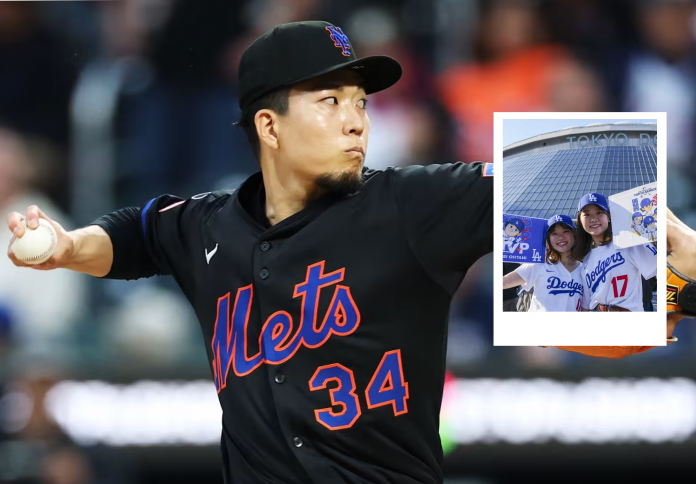Can a veteran ace reclaim brilliance after injury and uncertainty? Mets pitcher Kodai Senga has answered that question emphatically this season. After dominating early, a mid-year hamstring injury tested his resilience—and his recent return reveals a sharper, wiser version of a true craftsman.
Blazing start derailed by injury
Senga exploded onto the diamond this spring, posting a brilliant 1.47 ERA across his first 13 starts—one of the best in baseball. He dazzled with pinpoint command, allowing minimal baserunners and showcasing his trademark forkball and fastball mix. Mets fans and analysts alike began taking note of his vintage form.

But in a routine hustle to first base, Senga strained his hamstring—an injury that sidelined him for five weeks and immediately rattled the Mets’ rotation. Losing an ace mid-season is never easy, and the Mets struggled in his absence.
Rehab patience pays off
Rather than rush him back, the Mets opted for caution. A minor-league rehab outing—six-plus innings—confirmed Senga was physically ready. Manager Carlos Mendoza returned him to the rotation just before the All-Star break, a move considered early but earned.

In his first major-league return against the Royals, Senga delivered a polished four scoreless innings, striking out four batters. It wasn’t just about the numbers—it was a statement: his recovery had been thorough, tactical, and successful.
Rotation stability supports a resurgence
The Mets’ rotation has been a roller coaster this season, with injuries to several starters. But with Senga back, alongside Sean Manaea’s rehab return, the staff looks healthier heading into the second half.
While veterans like Clay Holmes and All-Star David Peterson hold down other spots, Senga’s return gives the Mets a reliable anchor. No longer just a talented arm, he’s become a symbol of resilience—and proof that patience in injury protocols can pay big dividends.
Global impact of a refined ace

Senga’s rebirth goes beyond New York. As one of Japan’s premier MLB pitchers, he remains a vital link in the game’s global growth. His disciplined comeback continues to endear him to international fans and reinforces his role as a bridge between leagues.
On the field, his forkball and deceptive pitching patterns remain mesmerizing. Off the field, his humility—still “figuring it out” at 32—resonates in locker rooms. For the Mets and baseball’s international community, Senga represents excellence shaped by patience and perseverance.
Vintage skill sculpted by maturity

Kodai Senga’s season is more than a comeback—it’s a case study in how experience, methodical recovery, and self-awareness can elevate a player beyond raw talent. From early-season dominance to mid-year adversity and a triumphant return, Senga’s journey reflects the careful art of aging well in elite sport.
With his rotation healthy and his skills sharper than ever, Senga is no longer just an ace—he’s a testament to the power of patience and the depth found in a veteran’s voice. In summer and beyond, he stands as proof that in baseball, some peaks are reached not just by arm, but by heart.










